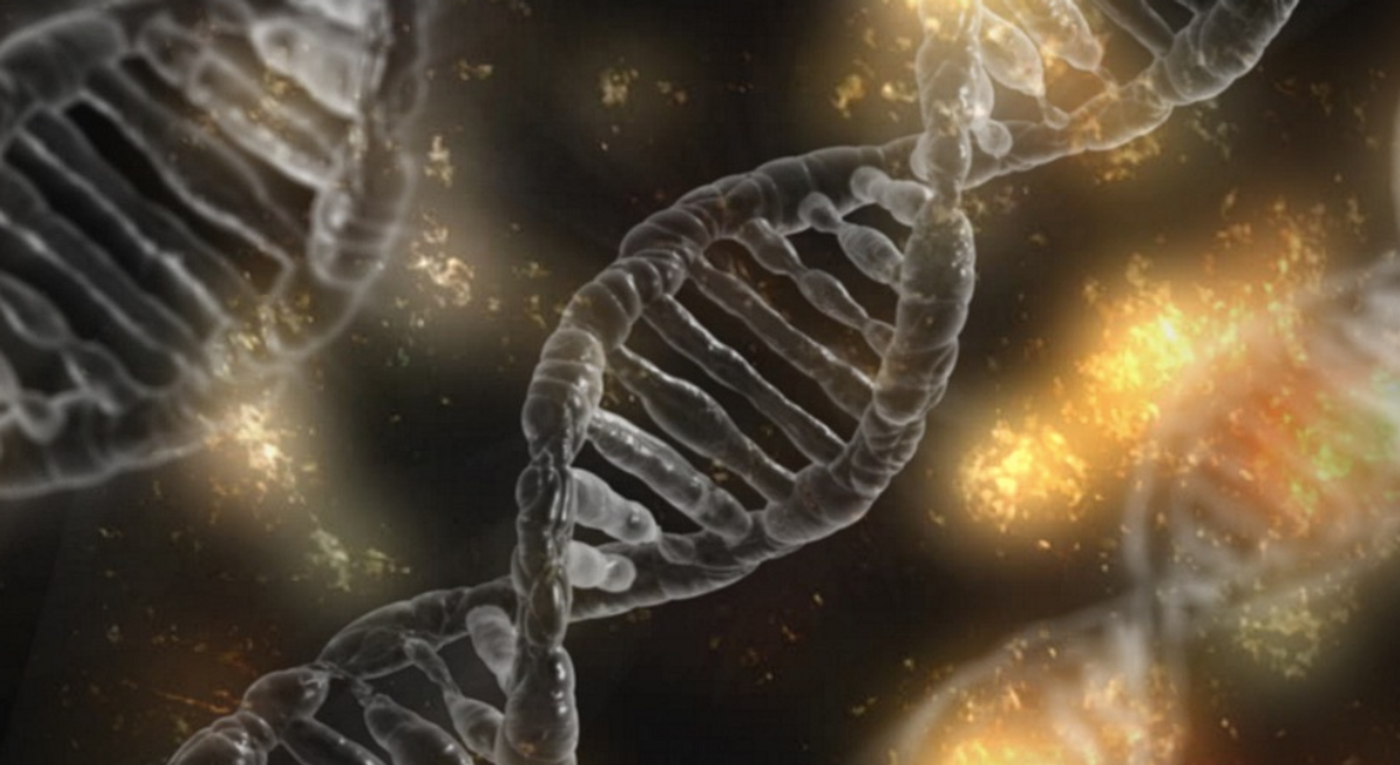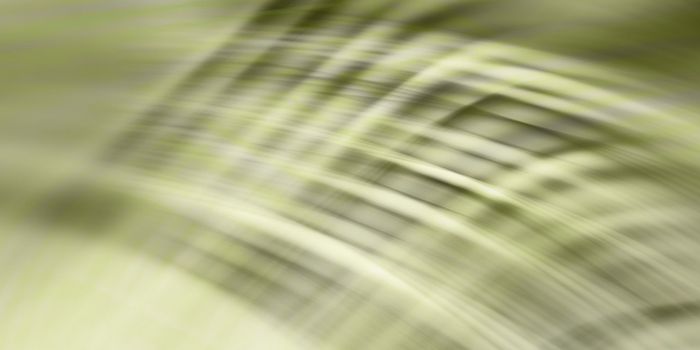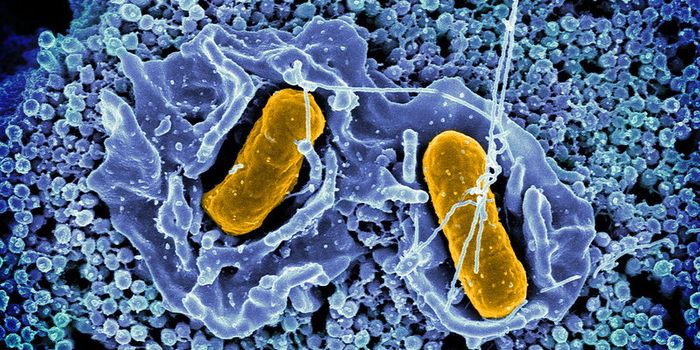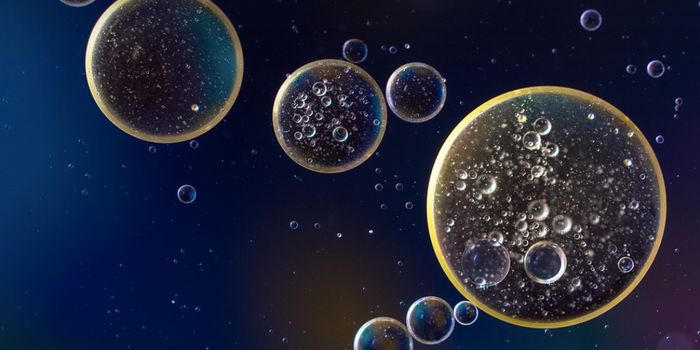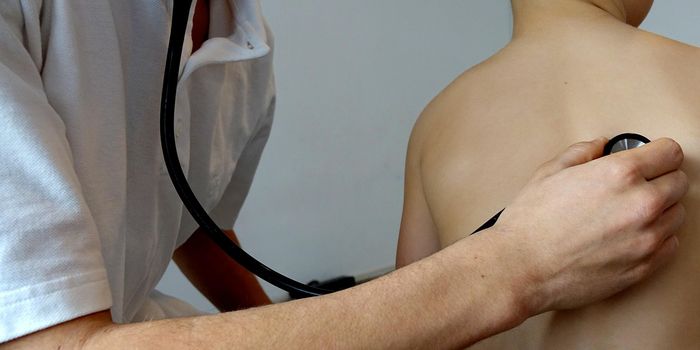A Novel Cellular Mechanism Used to Repair DNA Damage is Revealed
The human genome is contained within the nucleus of cells. The genome is well protected, but many things can cause DNA damage, including aging, some drugs, and environmental factors like UV rays or pollution. DNA damage can be a major problem, and the cell has mechanisms to detect and repair that damage. When both strands of a DNA molecule are broken, it's known as a double-strand break (DSB), and scientists have now revealed new details about how these problems are fixed.
This work, which has been reported in Nature Structural & Molecular Biology, has shown that after a DSB, the nucleus is actually prodded by parts of the cellular architecture or cytoskeleton, called microtubules, which are in the cell cytoplasm. These microtubules also interact with the nucleus of the cell, to capture and repair DSBs.
“Think of it as the nuclear envelope growing long finger-like structures that help tie pieces of broken DNA together, akin to tying our shoelaces,” explained co-correspinding study author Dr. Karim Mekhail of the University of Toronto.
In this work, the researchers treated cells with chemotherapy drugs to trigger double strand breaks in the nuclear DNA, and super-resolution microscopy was used by first study author and University of Toronto graduate student Mitra Shokrollahi to create 3D models of the tubule network.
Microtubules in the cytoplasm, poke the nucleus, causing nuclear envelope tubules to form inside of the nucleus, and attract DSBs. Computational models indicated that a network of nuclear envelope tubules forms throughout the nucleus, and contacts non-peripheral DSBs, noted Shokrollahi.
The DSB-capturing nuclear envelope tubules that are created are supported by molecular complexes, such as the linker of nucleoskeleton and cytoskeleton complex (LINC), nuclear pore complex (NPC), and nuclear actin filaments. The survival of cells and DNA damage repair relies on this process.
The Mekhail lab has also investigated BRCA1-linked breast cancer to learn more about how these tubules affect the growth of cancer cells, and their impact on cancer treatments. There are usually extremely high levels of DNA damage in cancer cells, making them particularly dependent on this mechanism for growth and survival.
“Patients with cancers that are difficult to cure need novel therapeutic options. This is the case of women with aggressive types of breast cancer. Our study demonstrates that targeting double-strand break-capturing nuclear envelope tubules, represents a great therapeutic opportunity to kill these aggressive cancers,” suggested co-corresponding study author Dr. Razqallah Hakem of the University of Toronto.
Sources: University of Toronto, Nature Structural & Molecular Biology
